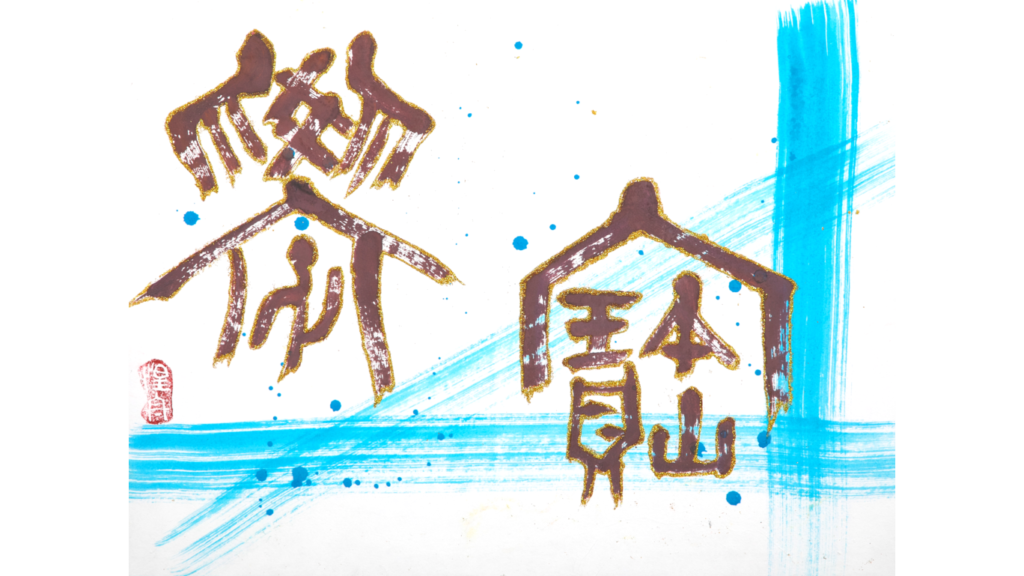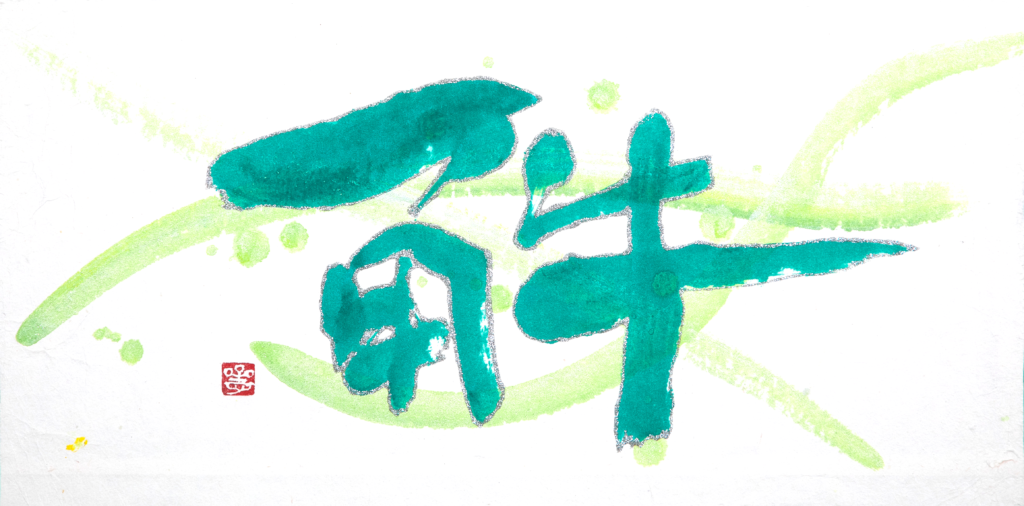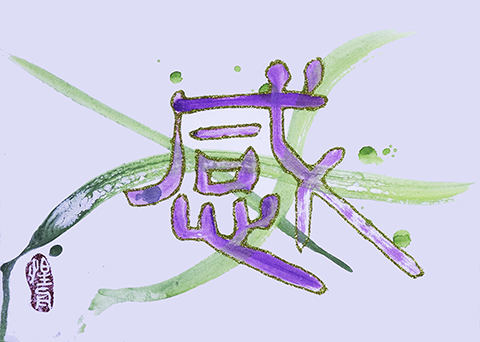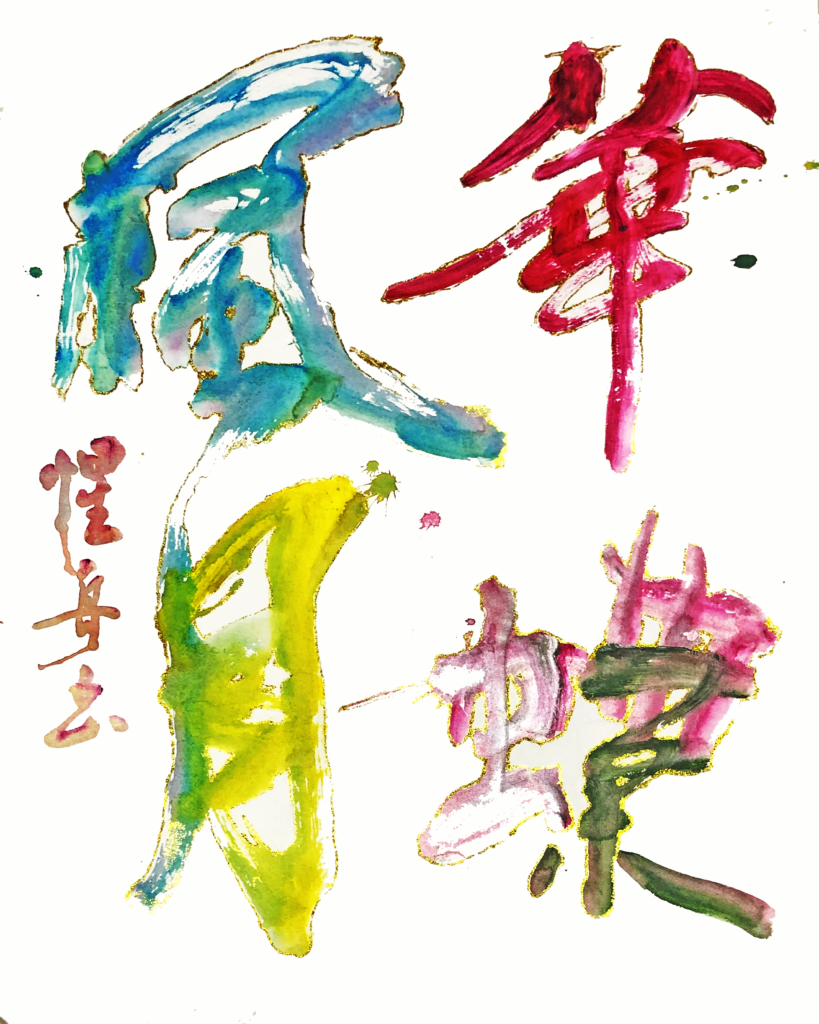Maple

A captivating color brush art piece featuring the Japanese kanji "楓" (kaede). The character, meaning "maple," is rendered with bold and expressive brushstrokes against a colorful backdrop. This artwork merges traditional Japanese calligraphy with contemporary art techniques, inviting viewers to contemplate the beauty of nature and the passage of time.
Morning is a symbol of the beginning of a new day, awakening, and activity. When we write the kanji for morning with the image of the sun rising, we feel gratitude and hope. Add color to the kanji for morning to express the image and meaning of the sun rising. The kanji for morning shines like the sun. The letters symbolize the sun, light and warmth.


The saying that learning is a treasure to oneself means expanding one's knowledge, abilities, and perspective. It's about working towards your dreams and goals. I created this piece to remind myself of these words.
This vibrant color brush art piece showcases the Japanese kanji "解" (kai), symbolizing solution, understanding, and release. The character is dynamically rendered with colorful brushstrokes, evoking a sense of clarity and enlightenment. The artwork invites viewers to contemplate the process of finding solutions and gaining deeper insights.


This vibrant color brush art piece showcases the Japanese kanji "感" (kan), symbolizing sensation and emotion. The character is dynamically rendered with colorful brushstrokes, evoking a sense of depth and intensity. This artwork invites viewers to explore the complexities of human experience.
This vibrant color brush art piece showcases the Japanese characters "花鳥風月," symbolizing the beauty of nature throughout the four seasons. The characters are dynamically rendered with colorful brushstrokes, evoking a sense of tranquility and harmony. The artwork invites viewers to appreciate the delicate balance between humans and nature.

